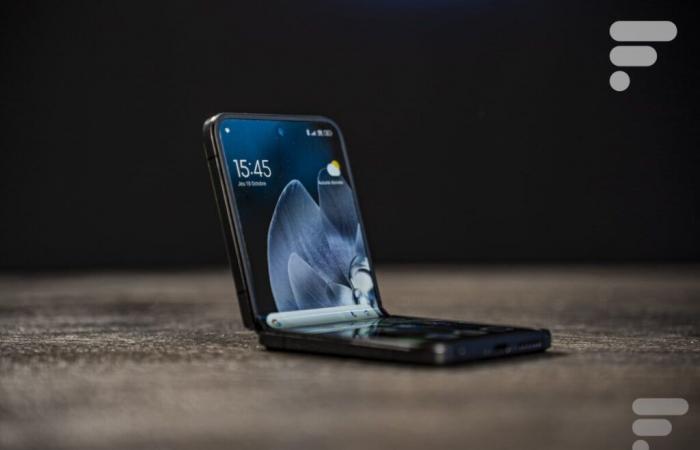Developed internally for years, Xiaomi’s 3nm SoC would not integrate a 5G modem. As it stands, the Chinese giant could therefore be forced to turn to an external supplier for this component… even if it means remaining dependent on possible American technologies.
For its next generation of “in-house” SoC, Xiaomi will not be able to completely transform the test. Understand by this that its dependence on foreign technologies will remain strong.
We actually learn from TrendForce (via WCCFTech) that the first chip designed internally by Xiaomi would not integrate any modem, and that the Chinese brand will likely continue to source 5G chips from foreign players.
This first in-house chip will therefore not allow Xiaomi to immediately acquire the technological independence to which it aspires. In 2025, the firm will most likely come up against American embargoes and the significant customs fees that President-elect Donald Trump plans to impose on Chinese companies using American components.
For Xiaomi, the road to technological independence will be strewn with pitfalls
This news is ultimately not a surprise. To tell the truth, it rather serves as a confirmation of something that we had a feeling about. We know that the design of a modem chip is a long and particularly complex process. Apple almost failed on this same project, despite colossal resources invested and a very long development period.
We also already knew that by exploiting 3nm engraving for this new chip, Xiaomi would be forced to turn to either TSMC or Samsung Foundry for its manufacturing. And for good reason, China has not yet mastered this very advanced process.
This content is blocked because you have not accepted cookies and other trackers. This content is provided by Twitter.
To be able to view it, you must accept the use carried out by Twitter with your data which may be used for the following purposes: allowing you to view and share content with social media, promoting the development and improvement of products from Humanoid and its partners, display personalized advertisements to you in relation to your profile and activity, define a personalized advertising profile, measure the performance of advertisements and content on this site and measure the audience of this site (find out more more)
By clicking on “I accept all”, you consent to the aforementioned purposes for all cookies and other trackers placed by Humanoid and its partners.
You can withdraw your consent at any time. For more information, we invite you to read our Cookies Policy.
I accept everything
Manage my choices
Regarding its supply of 5G chips, several solutions would nevertheless be available to Xiaomi:
- Turn to foreign 5G chips, by signing an agreement with Qualcomm, Samsung or MediaTek… but at the risk of having to pay very dearly for access to their technology and suffering from possible geopolitical complications in the medium term, in particular when the Trump administration will return to control of the American economy.
- Opt for Chinese 5G modems, approaching Huawei or Unisoc, for example. This solution would be the most advantageous from an economic and geopolitical point of view, but would have the disadvantage of being limiting from a technical point of view.
We know, for example, that Huawei’s modem chips are always engraved in 7 nm (the engraving fineness used by the Chinese founder SMIC). They are therefore much less energy efficient than Qualcomm solutions, in particular.
This may make Xiaomi hesitate: coupling its “brand new” in-house SoC, engraved in 3 nm, with a 5G modem engraved in 7 nm would partly ruin its efforts to achieve a new generation of high-performance and, above all, long-lasting smartphones on battery power. . To be continued…






